

The 20 Rarest Animals in the World (Critically Endangered Species)
20. Yangtze Finless Porpoise (Around 1,000 Individuals)

The Yangtze Finless Porpoise is the only freshwater porpoise in the world that is critically endangered. It calls China’s Yangtze River home. They are under threat from pollution, illegal fishing, and heavy river traffic. Known for their intelligence and playful behavior, these porpoises have a diverse diet of fish and crustaceans. Conservation efforts include establishing protected areas within the river and promoting sustainable fishing practices. The survival of the Yangtze Finless Porpoise is closely tied to the health of the Yangtze River.
19. Spoon-billed Sandpiper (Less than 1000 Individuals)

The Spoon-billed Sandpiper is a small wader with a distinctive spoon-shaped bill. It breeds in northeastern Russia and winters in Southeast Asia. Habitat loss and climate change pose significant threats to their survival. They feed on insects, small fish, and crustaceans. Conservation efforts include habitat protection, research, and international collaboration to address the threats along their migratory route.
18. Gharial (Less than 900 Individuals)

The Gharial is a unique crocodilian native to the Indian subcontinent. It is distinguished by its long, narrow snout. They are critically endangered, with habitat destruction and fishing pressures being significant threats. Gharials are fish-eaters, playing an essential role in aquatic ecosystems. Conservation efforts include habitat restoration, protection measures, and captive breeding programs. The Gharial’s survival depends on the conservation of the river ecosystems it inhabits.
17. Tapanuli Orangutan (Less than 800 Individuals)

Discovered recently in 2017 in North Sumatra, Indonesia, the Tapanuli Orangutan is the most endangered great ape species. They live in montane forests, where they face threats from habitat destruction due to mining, logging, and hydroelectric projects. These orangutans have a diet that includes caterpillars, and they are known for their unique vocalizations. Conservation efforts for the Tapanuli Orangutan focus on protecting their remaining forest habitat and stopping the development that fragments their living space.
16. California Condor (Around 500 Individuals)
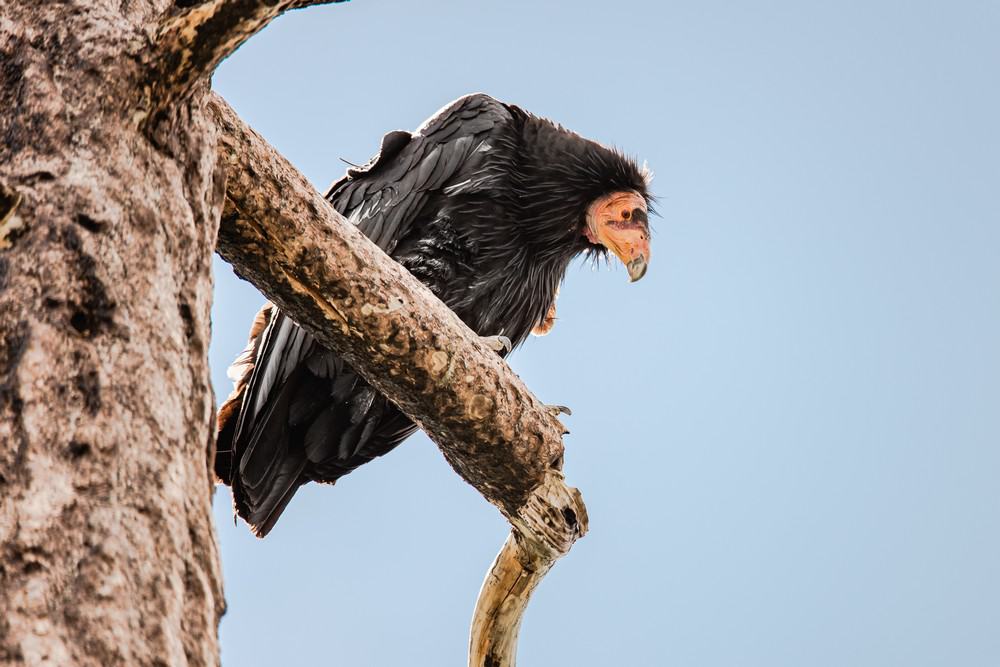
The California Condor, North America’s largest land bird, has made a remarkable comeback from the brink of extinction. Intensive conservation efforts, including captive breeding and release programs, have helped increase their numbers. They are scavengers, feeding primarily on carrion. Lead poisoning from ammunition, habitat loss, and microtrash ingestion pose significant threats. Conservation initiatives now include education on the use of non-lead ammunition and habitat protection measures. The California Condor’s recovery is a shining example of a successful targeted conservation effort.
15. Bamboo Lemur (Around 500 Individuals)

The Bamboo Lemur is native to Madagascar. It is critically endangered due to habitat destruction and hunting. These primates are distinguished by their reliance on bamboo, consuming various parts of the plant, including the shoots, leaves, and pith. This diet is highly specialized and requires them to consume large amounts of bamboo daily to meet their nutritional needs, despite the presence of cyanide in bamboo, to which they have developed a tolerance. They live in small, cohesive groups typically consisting of a few individuals, which helps them maintain access to their limited food resources. Conservation efforts include habitat protection, reforestation, and community-based conservation programs.
14. Sumatran Tiger (Less than 400 Individuals)

The Sumatran Tiger is the smallest of all tiger subspecies. It roams the forests of Sumatra, Indonesia. This apex predator is critically endangered due to habitat destruction, poaching, and conflict with humans. Adapted to the dense tropical forests, they are solitary animals with a diet that includes fish, monkeys, and deer. Conservation efforts for the Sumatran Tiger involve anti-poaching patrols, habitat conservation, and human-tiger conflict mitigation strategies.
13. Ploughshare Tortoise (Less than 400 Individuals)
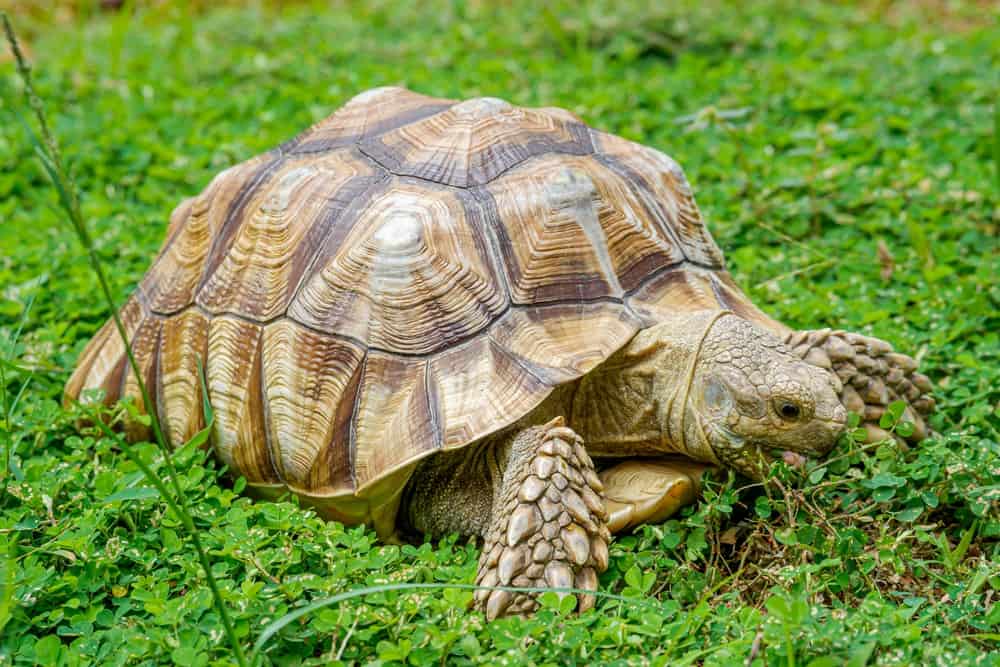
The Ploughshare Tortoise faces the threat of extinction due to poaching for the illegal pet trade. Endemic to Madagascar, they inhabit dry deciduous forests and savannas, feeding on grasses and fruits. This species is distinguished by its high, domed shell, which features a distinctive plough-shaped extension at the front, giving it its name. The beautiful golden color of its shell has, unfortunately, made it a target for poachers, leading to its critical endangerment. Conservation efforts focus on anti-poaching patrols, captive breeding, and international cooperation to combat wildlife trafficking.
12. Red Wolf (Around 300 Individuals)
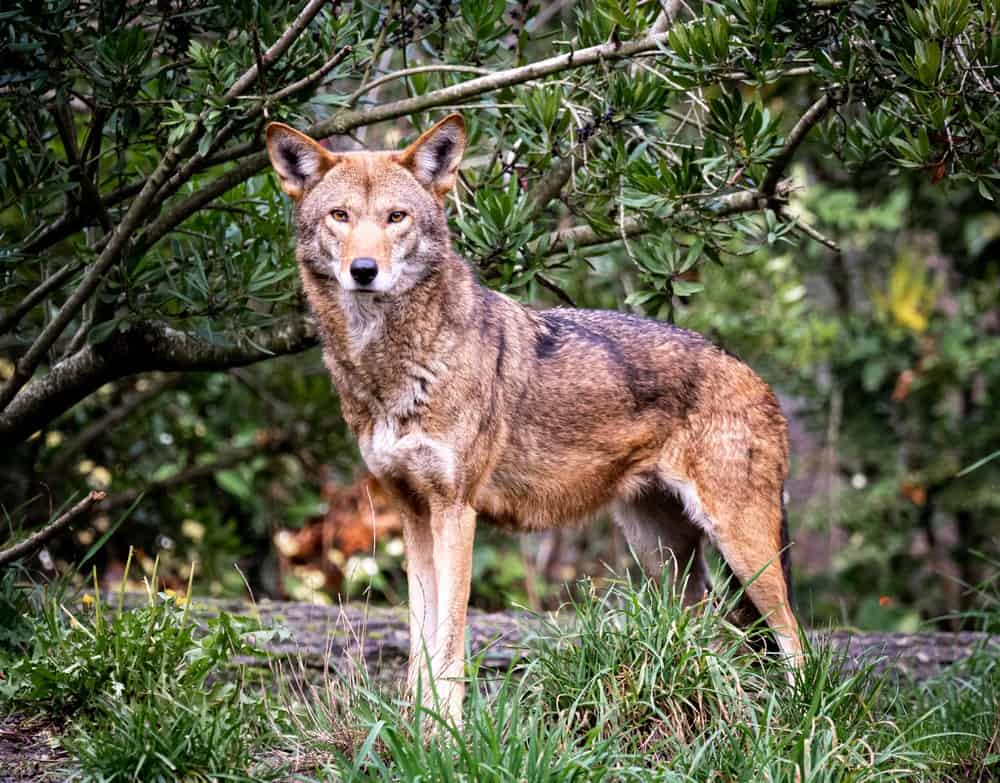
The Red Wolf is native to the southeastern United States. Unfortunately, the species is critically endangered, with a few individuals reintroduced into the wild. They inhabit coastal prairies and forests, where they play a vital role as predators. The Red Wolf’s diet includes small mammals and occasionally vegetation. Threats to their survival include hybridization with coyotes, road fatalities, and habitat loss. Conservation efforts involve breeding programs, public education, and legal protection to prevent further decline.
11. Cross River Gorilla (Around 300 Individuals)

The Cross River Gorilla is Africa’s rarest great ape. It resides in the dense forests and rugged terrain along the Nigeria-Cameroon border. They are critically endangered due to habitat destruction and poaching. These gorillas have a varied diet that includes fruit, leaves, and stems. Conservation efforts are focused on habitat protection, anti-poaching measures, and community-based conservation programs. The Cross River Gorilla’s shy nature has made their study difficult, but ongoing efforts aim to ensure their survival.
10. Kakapo (Less than 250 Individuals)
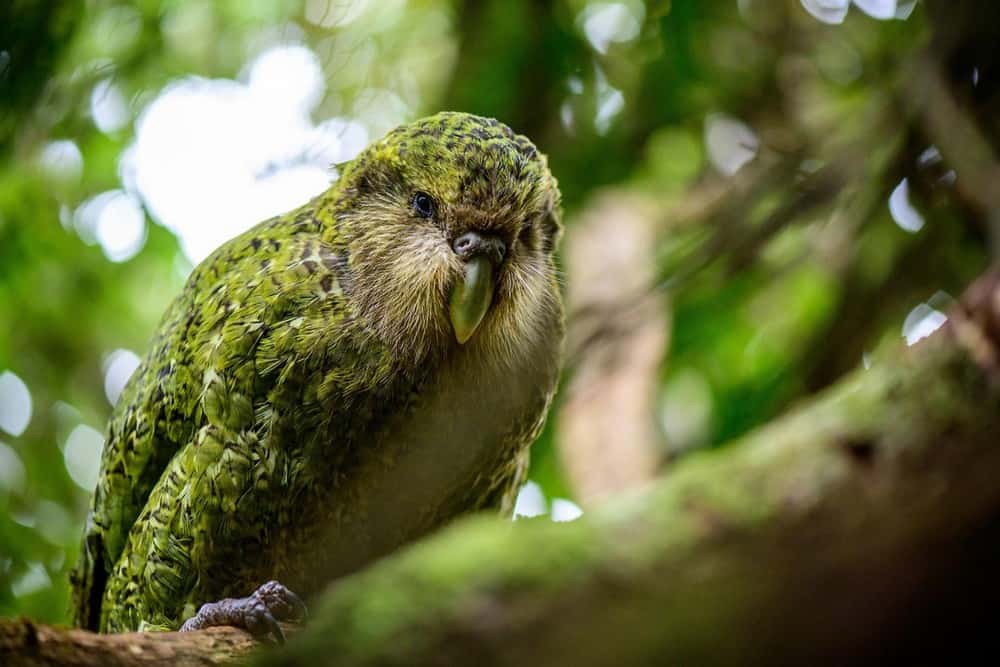
The Kakapo is a nocturnal, flightless parrot native to New Zealand. Once widespread across the country, their populations have been decimated by introduced predators and habitat destruction. They feed on a variety of plant material, including seeds and fruits. Conservation efforts, including predator-free island sanctuaries and a dedicated breeding program, have begun to stabilize their numbers. The Kakapo’s unique characteristics, including its inability to fly and its distinct mating call, make it a symbol of New Zealand’s conservation efforts.
9. Addax (Less than 100 Individuals)

The Addax, also known as the white antelope, is native to the Sahara Desert. This critically endangered species is adapted to life in the desert, with a diet consisting mainly of grasses and leaves. The Addax’s spiral horns and pale coat help it blend into its arid surroundings. Major threats include habitat loss, hunting, and military conflict. Conservation efforts focus on captive breeding and reintroduction programs, along with the protection of their natural habitats.
8. Amur Leopard (Less than 100 Individuals)

In the temperate forests of the Russian Far East and China, the rare Amur Leopard faces extinction. Habitat loss, poaching, and prey depletion are their primary threats. With its beautiful spotted coat, these solitary predators are adapted to their cold environment. Its thick fur and large paws facilitate movement in snow. They feed on deer, badgers, and rabbits. Conservation efforts for the Amur Leopard include habitat restoration, anti-poaching patrols, and establishing protected areas. The Amur Leopard’s resilience in the face of adversity offers hope for its future.
7. Saola (Less than 100 Individuals)

The Saola, also known as the Asian Unicorn, is so elusive that population estimates are challenging to ascertain. Discovered in 1992 along the Vietnam-Laos border, this bovine species prefers the dense forests of the Annamite Range. They are under threat from habitat destruction and incidental capture in snares intended for other animals. The Saola’s diet is primarily leafy vegetation found in its forest habitat. Conservation efforts include habitat protection and the removal of snares. The Saola remains one of the most mysterious creatures in the world.
6. Sumatran Rhino (Less than 80 Individuals)

The Sumatran Rhino is the smallest of all rhinoceros species. It is critically endangered, residing in isolated pockets of dense mountain forests in Indonesia. Habitat loss, poaching, and their low birth rate have contributed to their decline. They are solitary animals, with a diet consisting of leaves, twigs, and fruit. Conservation initiatives include anti-poaching measures, habitat protection, and captive breeding programs aimed at increasing their population.
5. Javan Rhino (Around 72 Individuals)

The Javan Rhino is a symbol of conservation in Ujung Kulon National Park, Indonesia, where the last of this species fights for survival. Unlike its African relatives, the Javan Rhino is a solitary creature, preferring dense rainforest and mud wallows. Their diet consists mainly of leaves, shoots, and fruit. Poaching for their horn and habitat destruction are significant threats. Conservation strategies focus on expanding their habitat and strict anti-poaching measures. The Javan Rhino’s survival is precarious, with their entire population residing in a single, vulnerable location.
4. South China Tiger (Less than 40 Individuals)

The South China Tiger, once prevalent throughout China, is now considered functionally extinct in the wild, with some individuals surviving in captivity. Habitat destruction and extensive hunting campaigns have destroyed their populations. These tigers are smaller and more vibrant in color compared to other subspecies. Conservation efforts include captive breeding programs with hopes of reintroducing them into protected areas. The South China Tiger represents a critical conservation challenge, symbolizing the urgent need for wildlife protection initiatives.
3. Hainan Gibbon (Less than 30 Individuals)

The Hainan Gibbon resides in a small patch of forest on China’s Hainan Island. It is the world’s rarest primate. Deforestation and hunting have brought this species to the brink of extinction. Hainan Gibbons are social animals, living in small family groups and feeding on fruits, leaves, and insects. Conservation efforts are intensely focused on habitat protection and reforestation, aiming to expand their living area and ensure their survival.
2. Vaquita (Less than 10 Individuals)

The Vaquita is the most endangered marine mammal. It inhabits the northern Gulf of California, Mexico. This small porpoise is under threat primarily from illegal gillnet fishing aimed at capturing another species, the totoaba, whose bladder is highly valued. Vaquitas are elusive, making their conservation a challenge. They live in shallow, murky lagoons, feeding on a diet of small fish and squid. Efforts to save the vaquita include the removal of gillnets from their habitat and the promotion of alternative fishing practices. Despite these efforts, their numbers continue to dwindle.
1. Northern White Rhinoceros (2 Individuals)
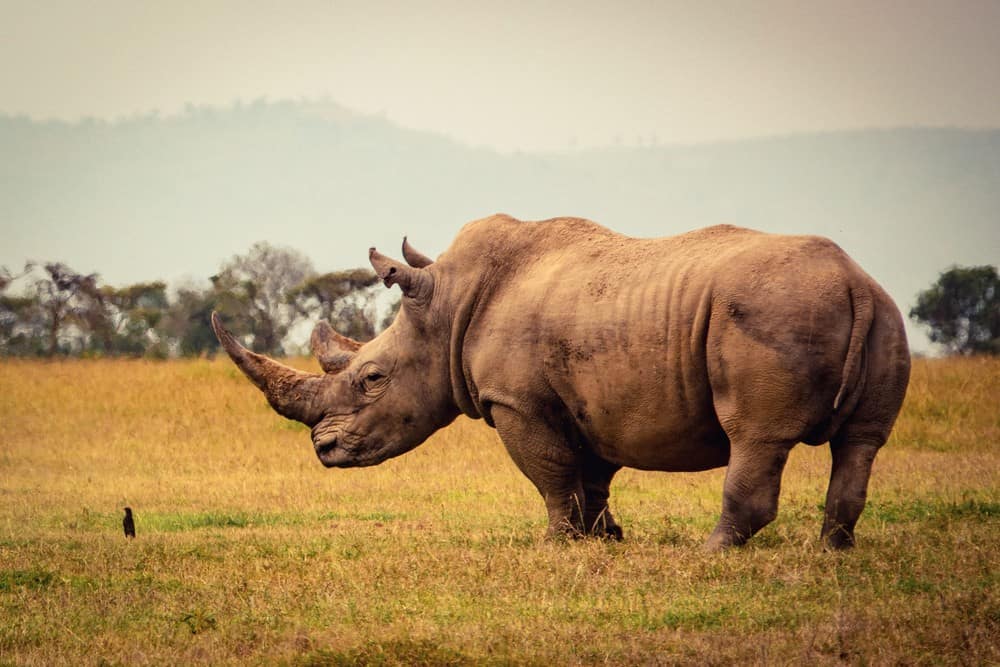
The Northern White Rhino is the rarest animal on earth. It stands on the brink of extinction, with only two females remaining at the Ol Pejeta Conservancy in Kenya. The death of the last male in 2018 marked a significant loss for the species. Poaching for their horns and habitat loss are the primary reasons for their decline. Conservation efforts now hinge on advanced reproductive technologies, including in vitro fertilization, using genetic material from deceased males. The plight of the Northern White Rhino is a poignant reminder of the consequences of human greed and a rallying cry for the protection of other endangered species.
These 20 species remind us of the fragility of our natural world. Each species has a story of survival against the odds. Conservation efforts across the globe strive to protect these rare animals, but their future depends on our actions today. Through habitat protection, combating wildlife trafficking, and fostering global conservation partnerships, we can ensure that these unique species continue to thrive for generations to come.
Recommended Videos
 An unprecedented phenomenon: banɑnɑs emerge from the tree trunk2201 views
An unprecedented phenomenon: banɑnɑs emerge from the tree trunk2201 views Meet the Fiery-billed Aracari: A Mesmerizing Kaleidoscope of Tropical Brilliance!72 views
Meet the Fiery-billed Aracari: A Mesmerizing Kaleidoscope of Tropical Brilliance!72 views-
Advertisements
 World’s Largest Sea Turtle Emerges From The Sea And It Is Amazing283 views
World’s Largest Sea Turtle Emerges From The Sea And It Is Amazing283 views This 100-Million-Year-Old Bird Trapped in Amber Is The Best We've Ever Seen135 views
This 100-Million-Year-Old Bird Trapped in Amber Is The Best We've Ever Seen135 views What Caused The Al Naslaa Rock Formation To Split In Two?109 views
What Caused The Al Naslaa Rock Formation To Split In Two?109 views 20 Colorful Sculptures With Intricate Details, As Created By Carol Long349 views
20 Colorful Sculptures With Intricate Details, As Created By Carol Long349 views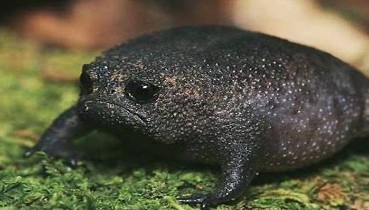 African Rain Frog, An Adorable Black Frog With A Frowning Face438 views
African Rain Frog, An Adorable Black Frog With A Frowning Face438 views An ancient olive tree in Puglia, Italy over 1500 years old!7101 views
An ancient olive tree in Puglia, Italy over 1500 years old!7101 views



